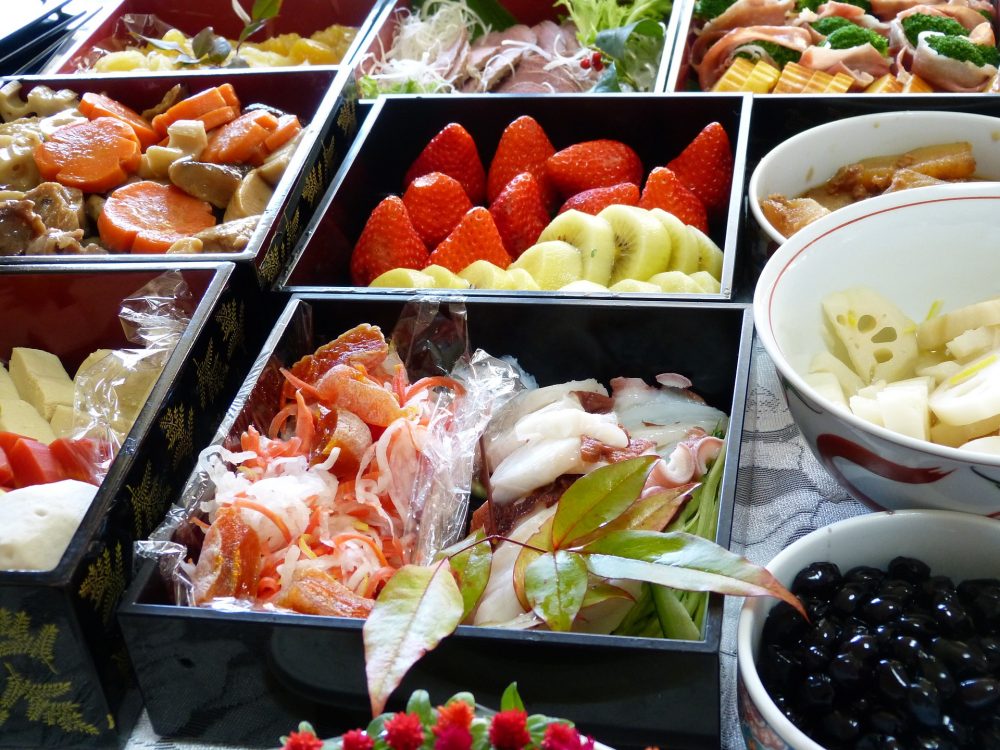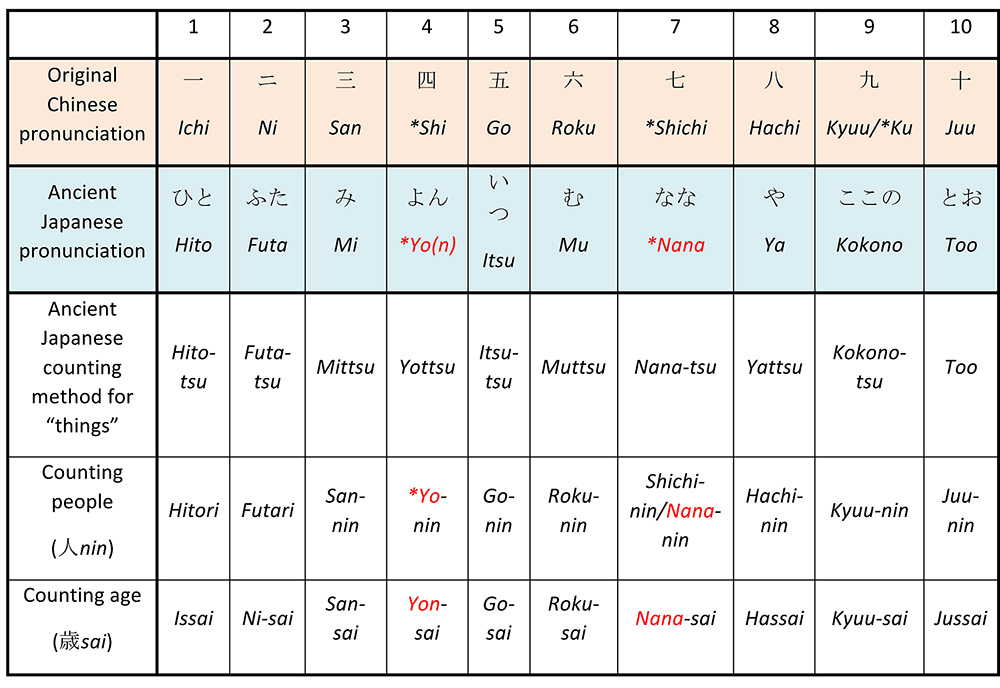
Hello there! This column will include useful Japanese phrases that cover a variety of topics.

Konnichiwa, Mina-san! (Hello, everyone!) Last time I taught you how to talk about your opinions regarding what you have bought. do you remember how to say “that’s so cute!” or “brilliant!” in Japanese?
In this column, I’m going to teach you how to talk about yourself in Japanese. up until now, we’ve covered how to order in a restaurant, how to ask directions, how to ask about the price of things and how to express opinions on items in a shop. If you speak in Japanese anywhere in Japan, your conversation partner (like a waiter in a restaurant or a person you asked for directions or a shop assistant in a souvenir shop) might ask you some questions in return. Please imagine you’re in a Japanese restaurant. You’ve just finished eating nice food you really loved and the sushi chef is now asking you some questions.
(S=Staff, C=Customer)
S: dochirakara desuka?
どちらからですか?
(Where are you from? )
C: Igirisu desu.
イギリスです。
(I’m from the UK.)
S: Soo desuka. nihon no tabemono wa sukidesuka?
そうですか。日本の食べ物は好きですか?
( Is that so? Do you like Japanese food? )
C: Hai, sukidesu. Tendon ga daisuki desu.
はい、好きです。天丼が大好きです。
(Yes, I like Japanese food. I love ten-don – “tempura rice bowl”)
There are two main parts of the above conversation. Firstly: “dochirakara desuka”. “dochira” is the polite form of the word “doko”, which means “where”. (If you remember, in our december column, we learnt the Japanese word “doko”). “Kara” means “from”. So “dochirakara desuka?” translated literally means “where from?” The “are you” part of the question is skipped. The whole sentence without any omissions is “(anata wa) dochirakara desuka?” and it means “where are you from?” drawing from this, I’m going to explain a characteristic of Japanese – omitting the subject of a sentence. When people are speaking Japanese, if it is explicitly obvious who their conversation partner is, they will often omit the subject from a sentence (as in the above example). This is perhaps why Japanese is called a “high-context language” and this is connected to the Japanese concept of “reading the air”. “Reading the air” means being able to decode the unsaid in social situations. For example, in Japan, if your friend wants you to go shopping with them but you don’t really feel like it, instead of flat-out saying “no”, you would say: “sore wa chotto…” (“that’s a little bit…”). Your friend will know that you really mean “no”, but it sounds more gentle and polite.
The other main part of the example conversation is the phrase “nihon no tabemono”. You all know what “nihon” means, right? That’s right, it means “Japan”. And do you know what “tabemono” means? “Tabemono” means “food”. So what does “no” mean? What function do you think “no” plays in this phrase? “no” in this phrase has an “affiliation” function linking two nouns. For example, you can also say “British beer (igirisu no biiru)” or “a Tokyo café (tookyoo no kafe”).
Next month: Talking About Yourself Part Two. This time you learnt how to say where you’re from and what Japanese food you like, so how about we try to extend the conversation? Maybe the shop assistant will ask something like, “Can you speak Japanese?” If you have learnt all of the Japanese we have taught you in this Zoom column series so far, then you will be able to answer confidently: “Yes, I can speak Japanese!”
Sayoonara, Jaa mata!
さようなら、じゃまた!
(Goodbye, see you!)
KANA. U
▶ Check out this information on telling about yourself in Japanese:
http://a1.marugotoweb.jp/topic.php?tp=2
▶ ‘Minato’ – learn Japanese and interact with fellow students around the world online.
https://minato-jf.jp/






